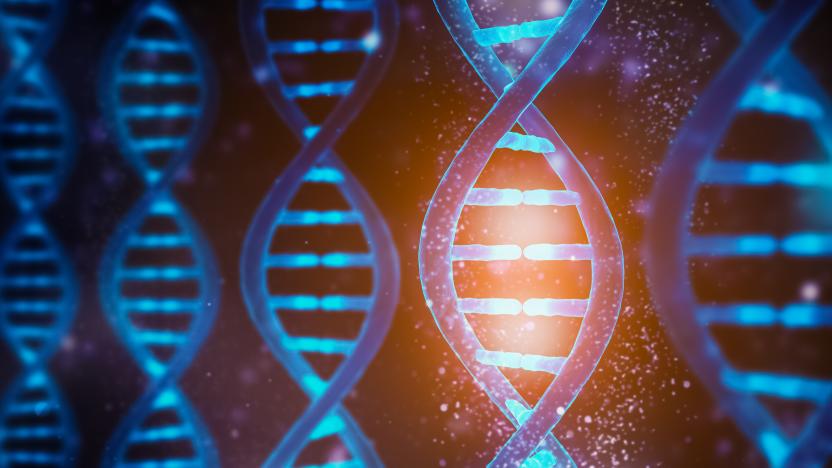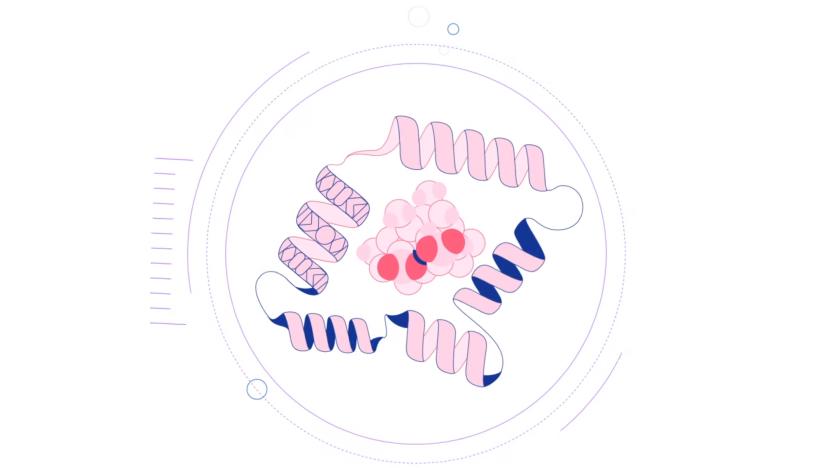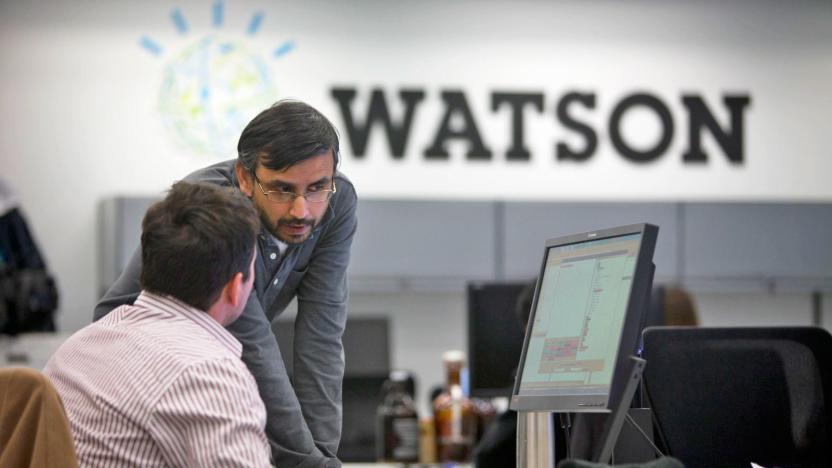Genomics
Latest

DeepMind's AI has now catalogued every protein known to science
On Thursday, DeepMind announced that it is expanding the number of proteins listed in its publicly-available AlphaFold Protein Structure Database to basically all of them.

NVIDIA and Harvard researchers use AI to make genome analysis faster and cheaper
NVIDIA and Harvard scientists have developed an AI that is able to run single-cell experiments and analyze the genome faster and cheaper than traditional methods.

DeepMind's latest AI breakthrough can accurately predict the way proteins fold
Alphabet-owned DeepMind may be best known for building the AI that beat a world-class Go player, but the company announced another, perhaps more vital breakthrough this morning. As part of its work for the 14th Critical Assessment of Protein Structure Prediction, or CASP, DeepMind's AlphaFold 2 AI has shown it can guess how certain proteins will fold themselves with surprising accuracy. In some cases, the results were perceived to be "competitive" with actual, experimental data.

IBM shares AI tools to better understand and treat COVID-19
It has released a series of new tools to aggregate data, help researchers explore potential therapies, advance the study of newly sequenced SARS-CoV-2 genomes and make the latest info available to healthcare professionals. Its AI deep search tool is ingesting data from the White House, a coalition of research groups and licensed databases from the DrugBank, Clinicaltrials.gov and GenBank. The cloud-based research tool is a repository of genes, proteins and other molecules from sequenced viral and bacterial organisms, and it’s meant to help researchers identify molecular targets necessary for drug design, test development and treatment.

IBM is installing a Watson AI lab at MIT
Both MIT and IBM are leaders in the field of Artificial Intelligence and now they're teaming up. IBM announced on Thursday that it had reached a 10-year research partnership agreement with the university worth nearly a quarter of a billion dollars. That investment will see more than 100 researchers from both organizations collaborating to advance four key focus areas within the AI field.

I played God with The Odin's DIY CRISPR Kit
Twenty-three years after its cinematic debut, I finally understand where Alec Baldwin was coming from in the 1993 psychological thriller Malice. The power to bring life where once there was none is a potent drug. I was recently afforded the opportunity to create a new kind of bacterial life thanks to the DIY Bacterial CRISPR Kit from Bio-Hacking collective The Odin. I honestly haven't had this much fun doing science since AP Chem.

Big Data VR app allows researchers to 'browse' genomes
Earlier this year, Epic Games (the folks that made the Unreal Engine) held a $20,000 competition that challenged VR companies to create programs that could help users better tackle the valuable, albeit unwieldy, figures in Big Data sets. For its entry into "The Big Data VR Challenge" Hammerhead VR submitted The Genome Browser, a virtualization that will allow researchers to, quite literally, browse through an organism's genome and access a library of data (generated by the Wellcome Sanger Institute) at each gene.

Google Genomics can store your entire genome online for a mere $25 a year
Google's been working on its latest project for about a year and a half ago: it's service that will store entire copies of genome. This isn't something Google Drive can cope with - decoding DNA involves a lot of data. According to Technology Review, in raw data, one person's genome weighs in at around 100 gigabytes. The plan is house all that DNA data online, in big 'ole clouds where scientists will be able to run virtual experiments and collaborate with each other on bigger (hopefully disease-curing) projects. Google is battling against the likes of Amazon and Microsoft to store expansive medical data like this: the Mountain View company charges scientists and researchers $25 a year for storing a single human genome -- although you'll have to pay a little more to fiddle around with data.

10 Gigabit per-second connection between US and China demoed
You, sir or ma'am, should probably not get too excited. Chances are, this trans-Pacific 10 Gigabit link won't do you any good, personally. On the other hand, researchers working together across the oceanic divide have tons to cheer about. The China Education and Research Network, the National Science Foundation and Indiana University worked together with BGI, one of the largest genomics organizations in the world, to christen the connection by transferring 24 Gigabytes of genomic data from Beijing to UC Davis in under 30 seconds. As a benchmark, the same file was sent between the same locations over the regular ol' Internet and it took over 26 hours. The high-speed link should prove to be a major boon for genetic research and DNA sequencing.





